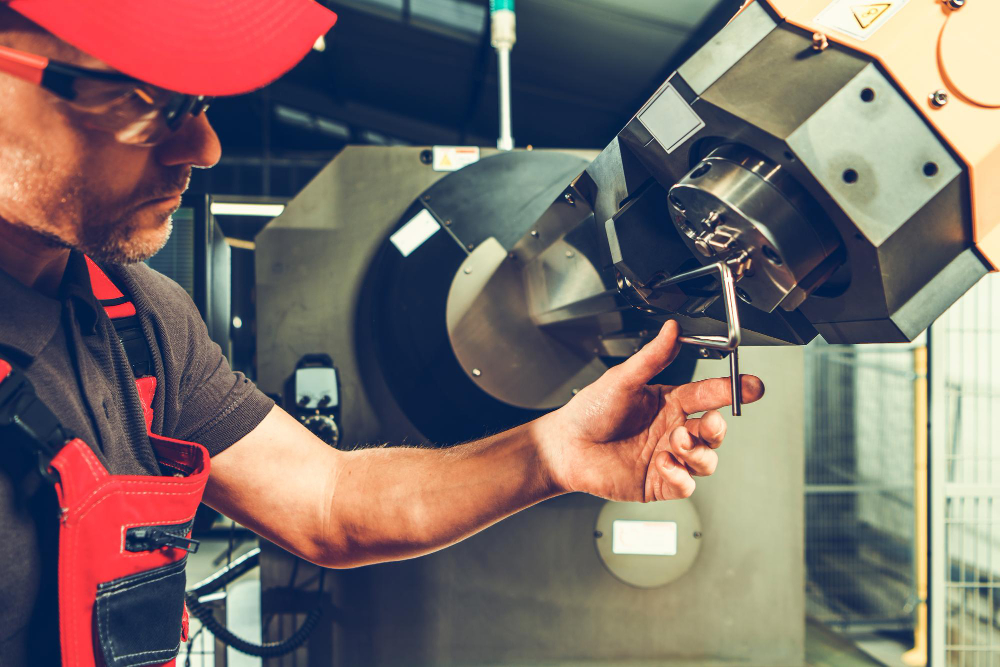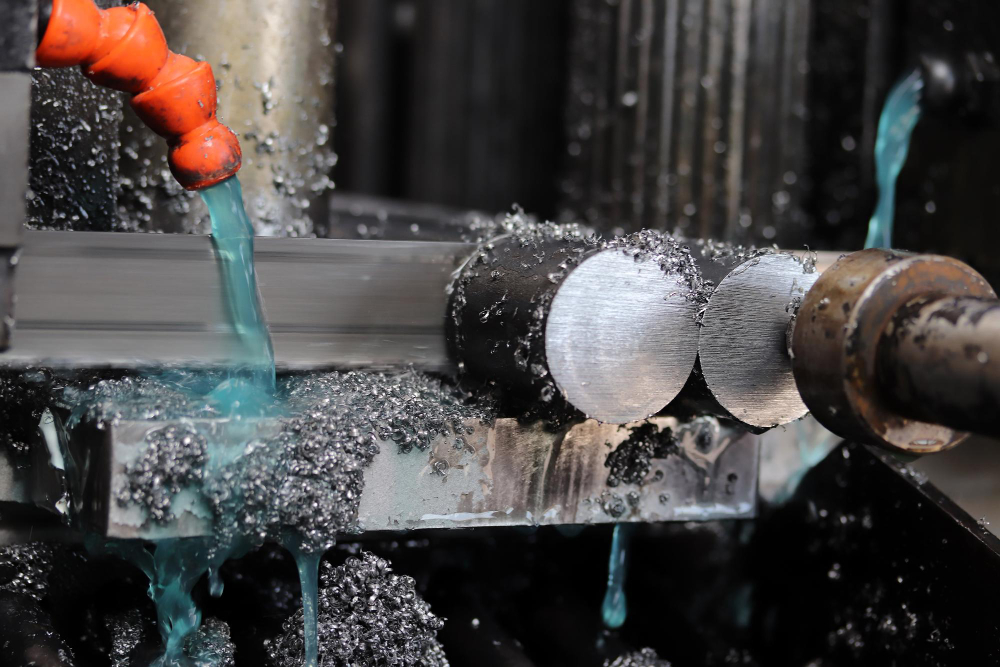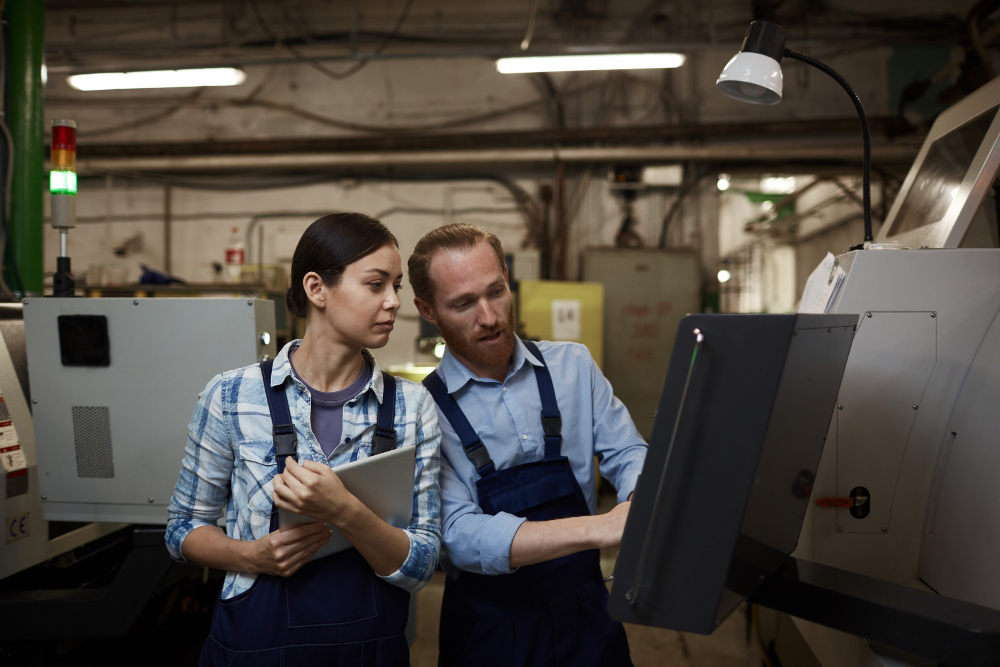Precision CNC (Computer Numerical Control) machining is a cutting-edge metal manufacturing process that utilizes computerized systems to control machining tools. It ensures high levels of precision and consistency across different materials, primarily metals like steel and aluminum. By automating the movement and operation of machine tools, CNC machining facilitates the making of complex parts with minimal human intervention.
Precision CNC Machining: The Future of Metal Fabrication
Introduction to Precision CNC Machining
Understanding Precision CNC Machining

Evolution of CNC Machining Technology
CNC machining started in the late 1940s and has undergone significant advancements since. Historically, machining involved manual control, which was time-consuming and prone to errors. The advent of numerical control using punched tapes in the mid-20th century paved the way for modern computer-controlled systems. Today, precision CNC machines are integral to industries requiring high accuracy, from aerospace to medical devices.

Core Components of Precision CNC Machining
Key Machinery and Tools
The heart of precision CNC machining lies in the diverse array of machinery and tools. Key machines include CNC lathes, milling machines, routers, and grinders, each serving unique functions in shaping materials. CNC lathes are ideal for symmetrical objects, while milling machines can execute complex cuts and shapes on metal surfaces.
Software and Programming Languages
Software is a critical component of CNC machining, converting CAD (Computer-Aided Design) models into G-code instructions for machines. Common programming languages like G-code and M-code dictate specific operations, guiding the machine through precise paths and sequences. Advanced CNC software supports simulations, enhancing the precision and efficiency of the machining process.
Techniques and Methods
Milling and Turning: The Backbone of CNC Machining
In CNC machining, milling and turning are two primary methods regularly used. Milling involves removing material from a stationary workpiece using a rotating cutting tool, ideal for creating intricate features and surfaces. Turning, conversely, rotates the workpiece against a stationary cutting tool, often used for cylindrical parts.
Advanced Techniques: Multi-Axis and Precision Cutting
Modern advances have introduced multi-axis CNC machines, operating on three to five axes. This capability allows for cutting complex geometries and angles, essential for detailed precision work. Precision cutting involves specific techniques such as laser and plasma cutting, offering enhanced accuracy and reduced material waste.
Applications of Precision CNC Machining
Industry Utilization: Aerospace, Automotive, and More
Precision CNC machining is useful across various industries. In aerospace, it ensures the manufacture of critical components that demand extreme accuracy and reliability. The automotive industry benefits from CNC precision machining to create engine blocks and internal parts. Moreover, CNC technology is well suited for electronics, medical devices, and custom aluminum casting.

Material Versatility and Efficiency
CNC machines handle a wide array of materials, from lightweight aluminum to heavy steel. The efficiency of precision machining minimizes waste and optimizes material usage, providing cost-effective solutions for manufacturing challenges. Each application’s choice of material impacts the final product’s performance, weight, and durability.

The Role of CNC Machining in Aluminum Casting
Integrating CNC Precision in Aluminum Casting
Aluminum casting benefits significantly from precision CNC machining. The ability to produce complex shapes and fine detailing through CNC machining complements traditional casting methods, enabling higher-quality products with improved structural integrity and surface finish.
Quality Control and Customization
CNC technology enhances quality control in aluminum casting, allowing for meticulous monitoring of each production stage. The customization potential is vast, as CNC machines can be programmed for small batch productions or highly specific fabrication requirements, fulfilling diverse market demands.
Advantages of Precision CNC Machining
Accuracy and Consistency
One of the foremost advantages of precision CNC machining is its ability to achieve unparalleled accuracy and repeatability. This consistency is critical, especially when producing components destined for safety-critical applications like aerospace and medical fields.
Speed and Scalability
CNC machines significantly reduce production time compared to manual methods. Their ability to scale production without sacrificing quality makes them an excellent choice for both prototypes and mass production runs.
Future Trends in Precision CNC Machining
Innovations in CNC Technology
The future of CNC machining is shaped by innovations such as AI-enhanced software, the Internet of Things (IoT) connectivity, and smarter, more autonomous machines. These advances promise increased efficiency, reduced downtime, and enhanced capabilities, transforming manufacturing processes around the world.
Environmental Considerations
Sustainability is increasingly becoming a focal point in CNC precision machining. Efforts to develop machines that use less energy and generate less waste, alongside the use of recyclable materials, are driving the industry toward greener practices.
Challenges and Considerations in CNC Machining
Overcoming Technical Limitations
While CNC machining offers many benefits, it comes with challenges such as high setup costs and the need for skilled operators. Machine calibration, maintenance, and the intricacies of programming are factors that influence the overall success of the machining process.

Market Dynamics and Competitive Landscape
The CNC machining industry is highly competitive, with advancements in technology presenting new opportunities and challenges. Staying ahead requires investing in state-of-the-art equipment and continuously enhancing skill sets to adapt to evolving market needs.
What this Means for Buyers
Precision CNC machining stands at the crossroads of technology and manufacturing, offering existing industries and new unparalleled capabilities. For engineers and buyers in aluminum casting, understanding the nuances of CNC technology is essential for capitalizing on its potential. Investing in modern CNC equipment and skilled labor can lead to significant competitive advantages and innovation in product development.
